In the ever-evolving realm of interior design, some trends come and go, while others resurface with a modern twist that captures the imagination of contemporary homeowners.
One such enduring trend is the use of various types of wood panels in interior spaces.
These panels, once associated with outdated aesthetics, have experienced a revival, offering a blend of classic charm and contemporary appeal.
Wood paneling reached its zenith of popularity in the 1970s, only to be concealed or repainted by homeowners seeking a more current look.
However, today’s wood wall panels have shed their former reputation and reemerged as a timeless and versatile design element.
This article explores the resurgence of wood wall paneling, delving into its history and showcasing the diverse range of options available.
History
In the 1970s, wood paneling hit its height of popularity and since then, homeowners have been pulling down or masking these panels with paint to brighten up spaces for years.
In cozy spots such as dens or studies, though, wood wall paneling in shades of brown is making a comeback.
Paneling is used sparingly as an accent wall or another feature for the character of the space.
Wood walls can be stained in a rich mahogany to look upscale or be weathered and rustic. The warm wood paneling tones evoke a vintage vibe.
But unlike their false counterparts, the paneled walls of today are made of natural wood, making them more environmentally conscious and trendy than ever before.
To turn them into architectural components, artists have flocked to reclaim wood and veneer panelings.
One of the first to put back the “grandma’s basement” look with orange carpeting, kitschy posters, yellow vinyl banquettes, and, yes, wood paneling, on the new pop scene was the New York Flower Store, a chic Chinatown lounge, a few years ago.
But the newly common wall covering is more than just slipping back into a scarily nostalgic vacuum of memorabilia from the ’90s.
Instead, in a fashionable Japanese-inspired London apartment, and even in a Swiss chalet-style California home, wood paneling is returning in sleek and contemporary ways.
Types of Wood Panels
With this trend gaining quick momentum, people looking for ways to spruce up their living spaces and add much-needed insulation can turn to these 7 major types of wood wall paneling-
- Shiplap
- Board and batten
- Plank wall
- Tongue and groove
- Flat panels
- Beadboard
- Raised panel.
This article will examine each style in depth including its pros, cons, and typical price range.
1. Shiplap
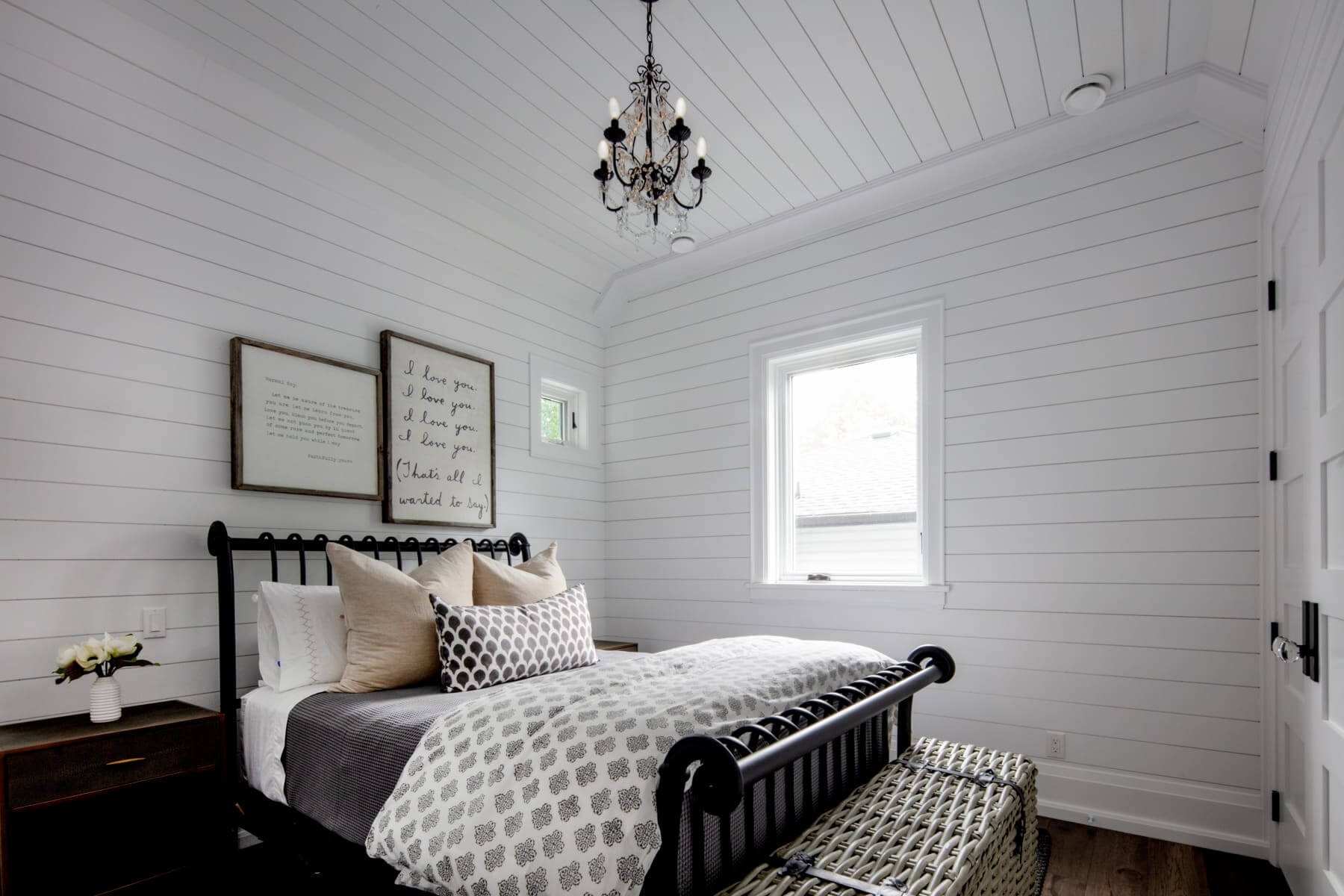
Shiplap, a prominent style among types of wood panels, has become a hallmark of modern interior design.
Characterized by horizontally placed boards with a distinctive overlap, shiplap creates a tight, weatherproof seal, originally intended for exterior siding. In interior applications, it offers a rustic charm with its clean, horizontal lines adding depth and texture to walls.
Shiplap’s versatility allows it to blend seamlessly with both traditional and contemporary decors.
While its installation requires precision to avoid issues like warping, its durability and insulation properties make it a practical choice.
Shiplap’s cost, ranging from $2.5 to $7 per square foot, reflects its quality and appeal.
It’s perfect for those seeking a blend of modernity and rustic warmth in their living spaces.
2. Board and Batten
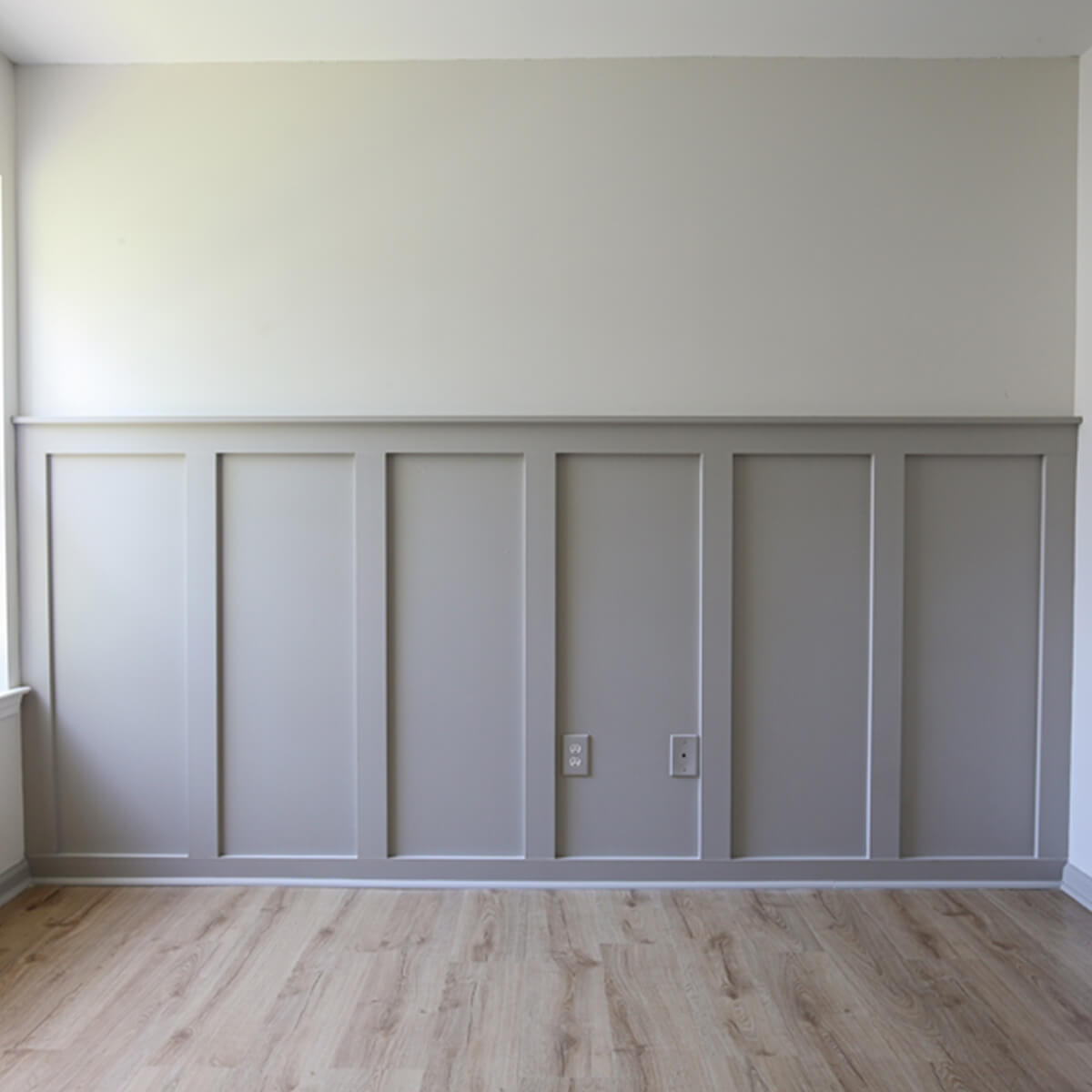
Board and batten, a standout in the types of wood panels, offers a unique blend of classic charm and modern sophistication.
This style uses alternating wide boards and narrow battens, creating a textured, three-dimensional look.
Originally an exterior siding feature, it has transitioned into a popular interior design choice, adding character to walls.
Its rustic or modern appearance is determined by the finish of the wood. Board and batten’s installation demands precision, with costs varying from $1 to $10 per square foot.
This style suits those looking for a dynamic and textured wall treatment that brings depth and architectural interest to any room.
3. Plank Wall
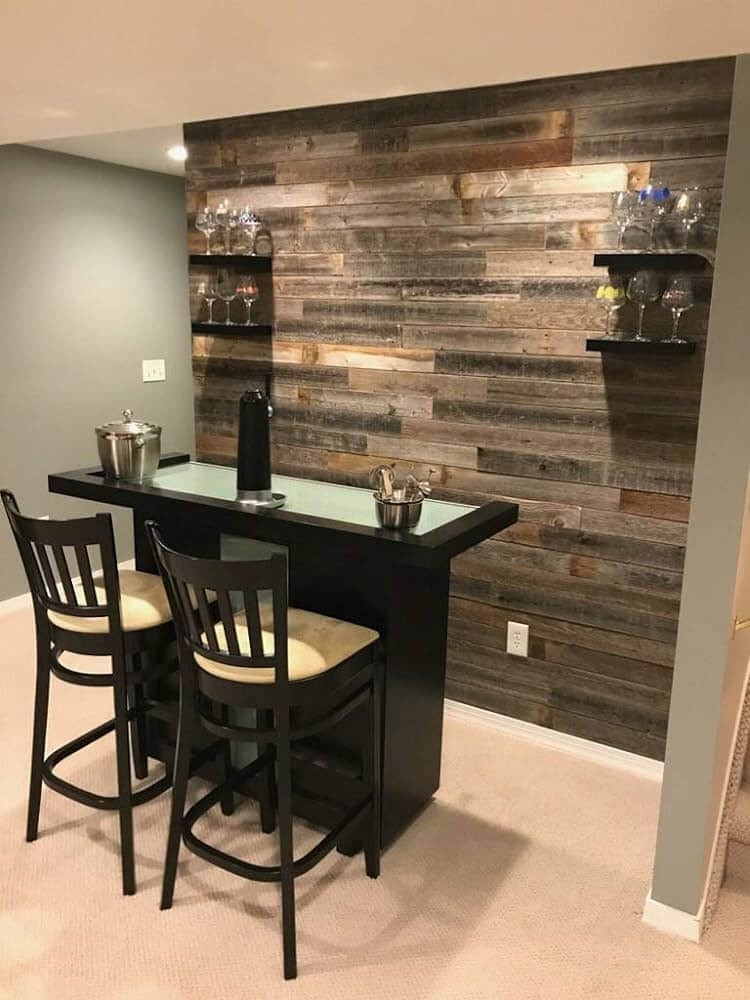
Plank wall paneling, a versatile and rustic choice among types of wood panels, offers endless customization for creative interior designs.
Made from various kinds of wood, including reclaimed or new, plank walls can be arranged in multiple patterns and orientations.
This type of paneling creates a focal point in any space, enhancing the room’s aesthetic with its rich, textural appearance.
The installation of plank walls allows for creative expression, though it requires careful planning and execution.
Costs vary based on materials, with options like MDF providing a more affordable alternative to solid wood. Plank walls are ideal for those wanting to infuse a space with warmth and a natural, rustic charm.
4. Tongue and Groove
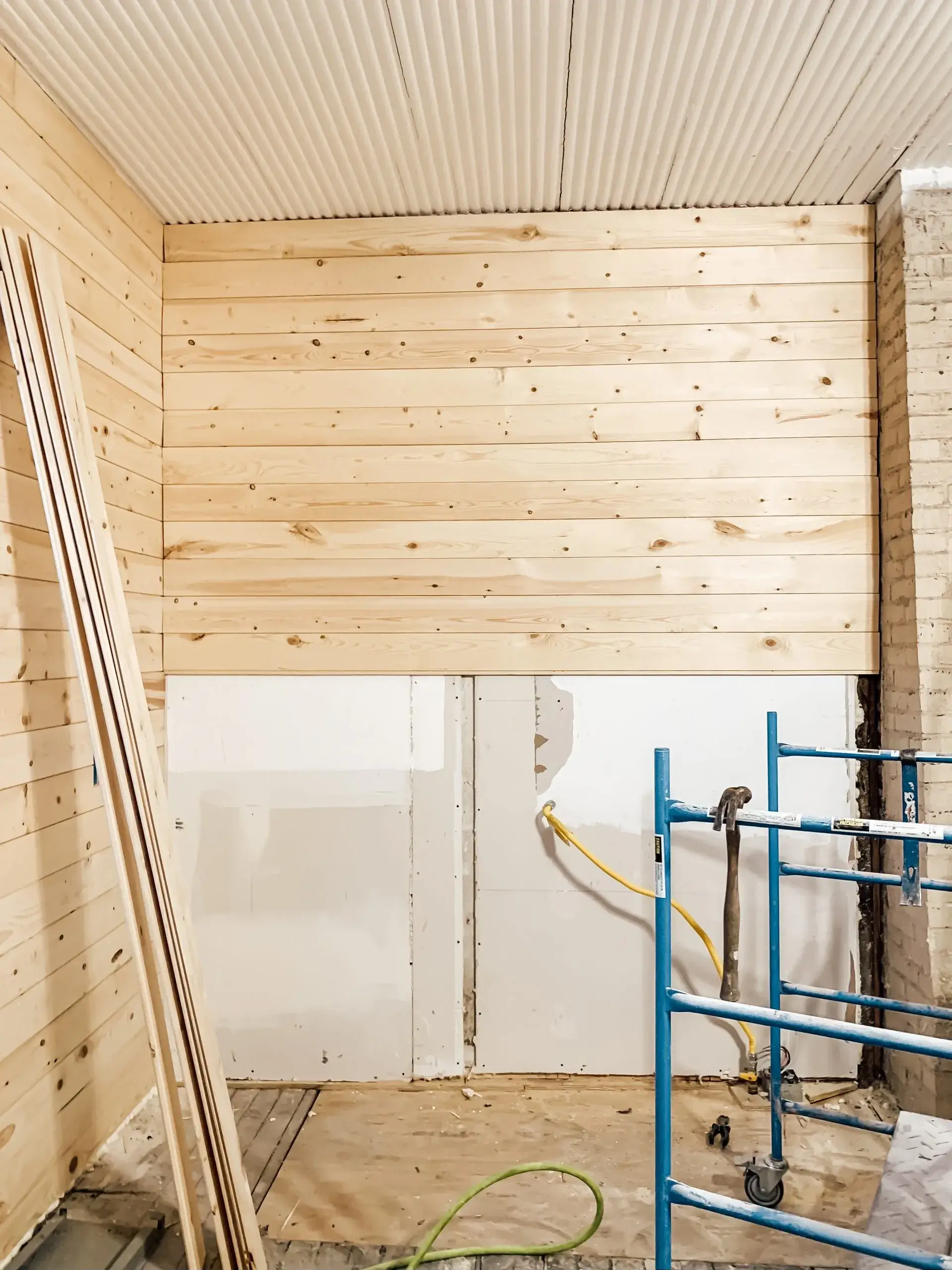
Tongue and groove paneling, a traditional yet timeless choice among types of wood panels, is known for its elegant and seamless appearance.
This style features interlocking boards that provide a uniform, polished look, perfect for both walls and ceilings.
It suits a range of architectural styles, from classic to modern, adding depth and character to any space.
Tongue and groove panels are available in various finishes, are UV-resistant, and prevent mold, ensuring durability. Priced between $2 and $3 per square foot, this paneling is a great choice for those seeking an elegant, easy-to-install wood paneling solution that adds instant charm to their home.
5. Flat Paneling
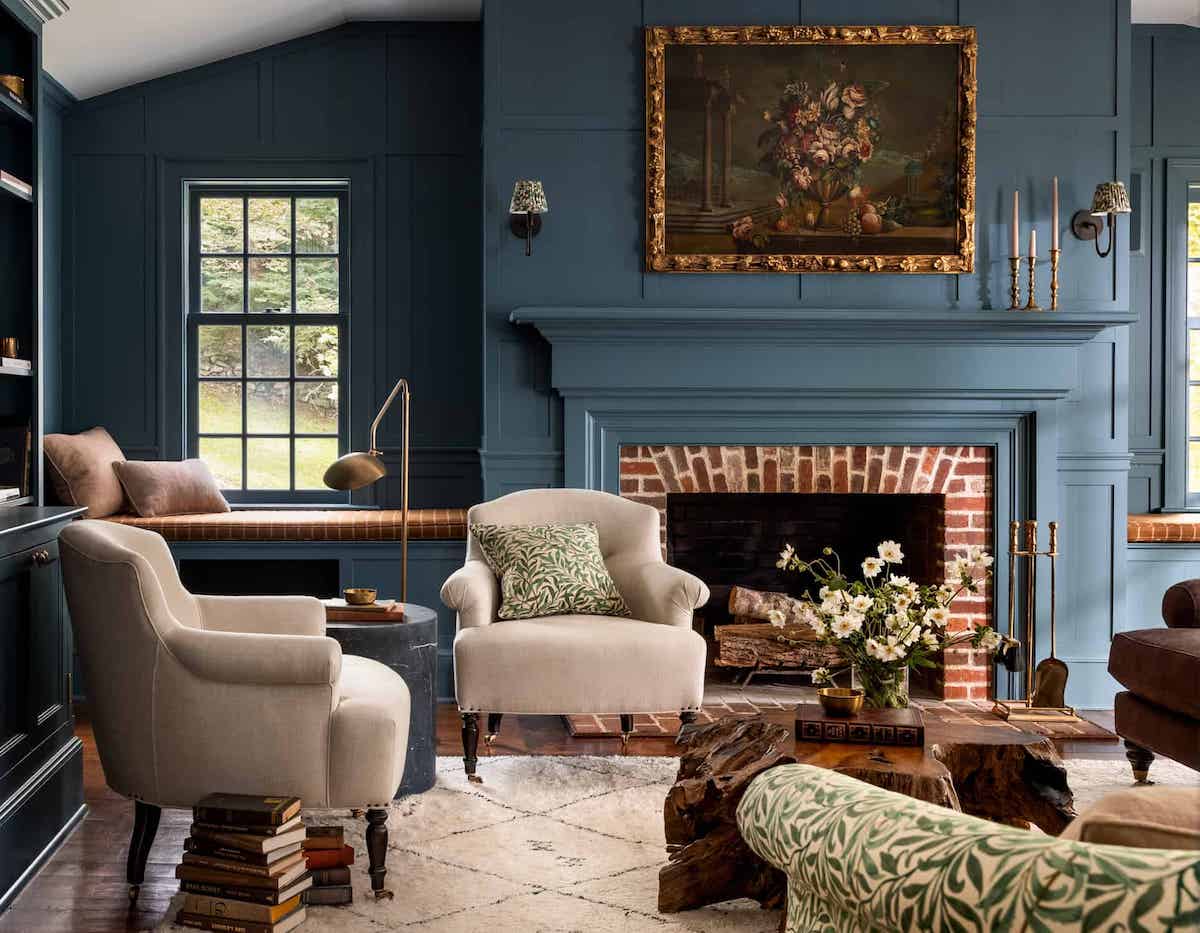
Flat panels, with their origins in the 19th century, have become increasingly popular as a sophisticated option in types of wood panels.
These panels offer clean, polished lines, creating a formal and refined look. Ideal for various applications, flat panels can be used at chair-rail length, three-quarters, or full-wall paneling.
They enhance the room’s ambiance, adding warmth and elegance.
The cost ranges from $6 to $11 per square foot, reflecting their upscale and contemporary appeal.
Flat panels are perfect for those seeking a modern, minimalistic look in their living spaces.
6. Beadboard
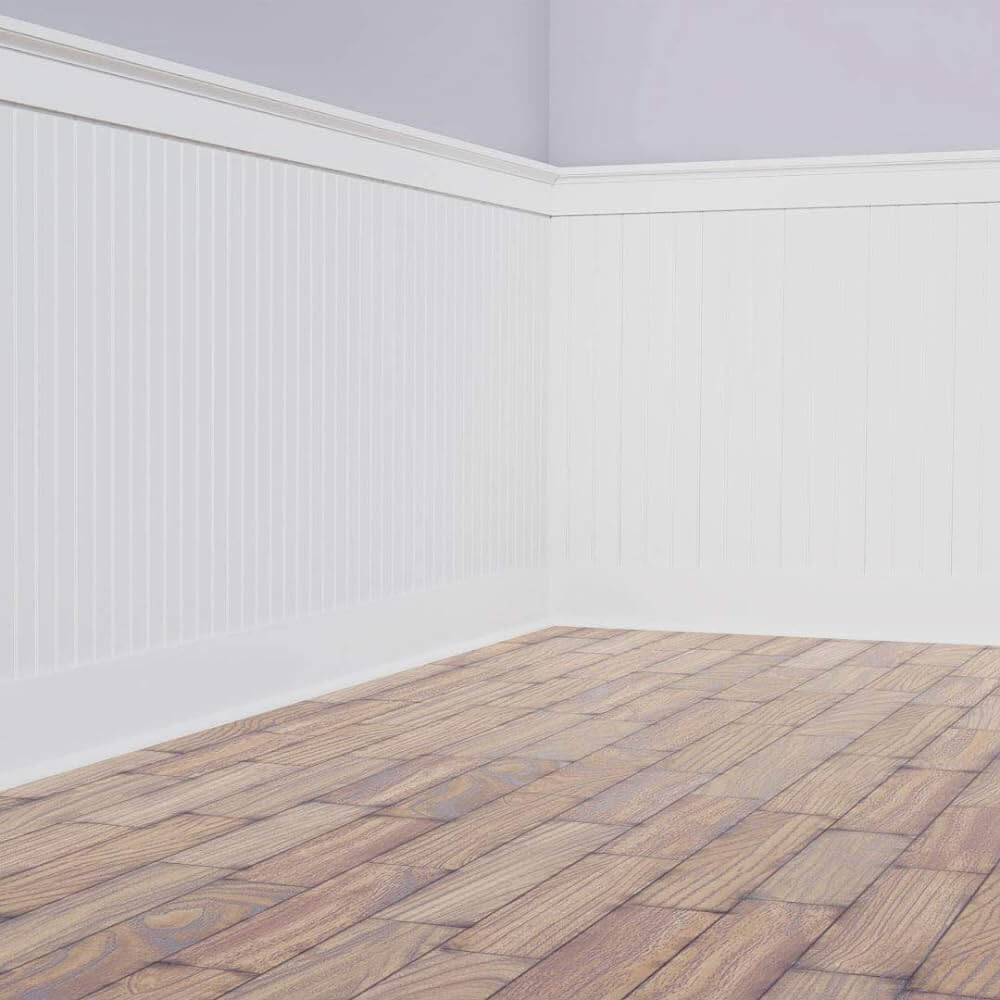
Beadboard, a Victorian-era wainscoting style, remains a beloved choice in types of wood panels.
It features vertically aligned stiles, creating a classic, romantic look.
Beadboard can be installed to cover the entire wall or partially, with the standard groove width adaptable to custom designs.
Available in tongue-in-groove or sheet forms, it offers versatility and affordability, with prices ranging from $0.5 to $1.25 per square foot.
Beadboard is perfect for adding a quaint, charming atmosphere to bathrooms, bedrooms, and other cozy spaces, complementing a range of interior designs with its timeless appeal.
7. Raised Panels
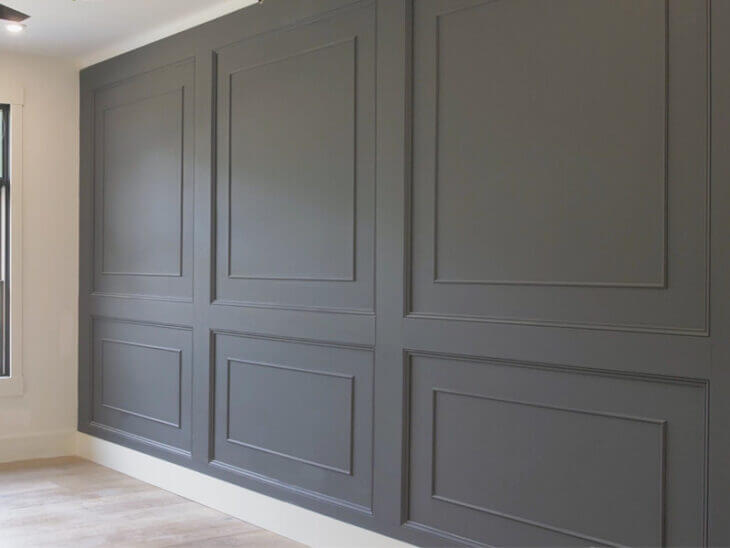
Raised panels, known for their rich history and elegance, are a distinguished style in types of wood panels.
They feature beveled wooden panels elevated above adjoining rails, creating a three-dimensional effect.
This style is reminiscent of colonial interiors, ideal for formal areas like dining rooms.
The cost, ranging from $10 to $30 per square foot, reflects its luxurious and sophisticated nature.
Raised panels are suited for those desiring a classic, refined look in their home, offering a timeless aesthetic that adds depth and grandeur to any living space.
Conclusion
In the dynamic world of interior design, trends may wax and wane, but some elements endure, and types of wood panels are a prime example.
These panels are experiencing a resurgence in contemporary homes, shedding their outdated image to embrace a new era of design sophistication.
Gone are the days when wood paneling was synonymous with dark, uninspiring spaces.
Today, it has reinvented itself as a versatile and chic design choice, capable of adding character and texture to any room.
From the timeless appeal of shiplap to the elegance of raised panels, there’s a style of wood paneling to suit every taste and interior.
In addition to enhancing aesthetics, these panels offer practical benefits such as insulation and soundproofing.
Whether you aspire to create a cozy, rustic atmosphere or a clean, modern look, the range of options in types of wood panels allows for creative expression.
Wood paneling was used for decorating walls for a long time. Today’s wood paneling is in some ways a jump backward over the cheap products of the 1960s and 1970s to the glory days of solid wood paneling, but with many modern improvements. Given their long history, wood panels can look fantastic if they are used properly.

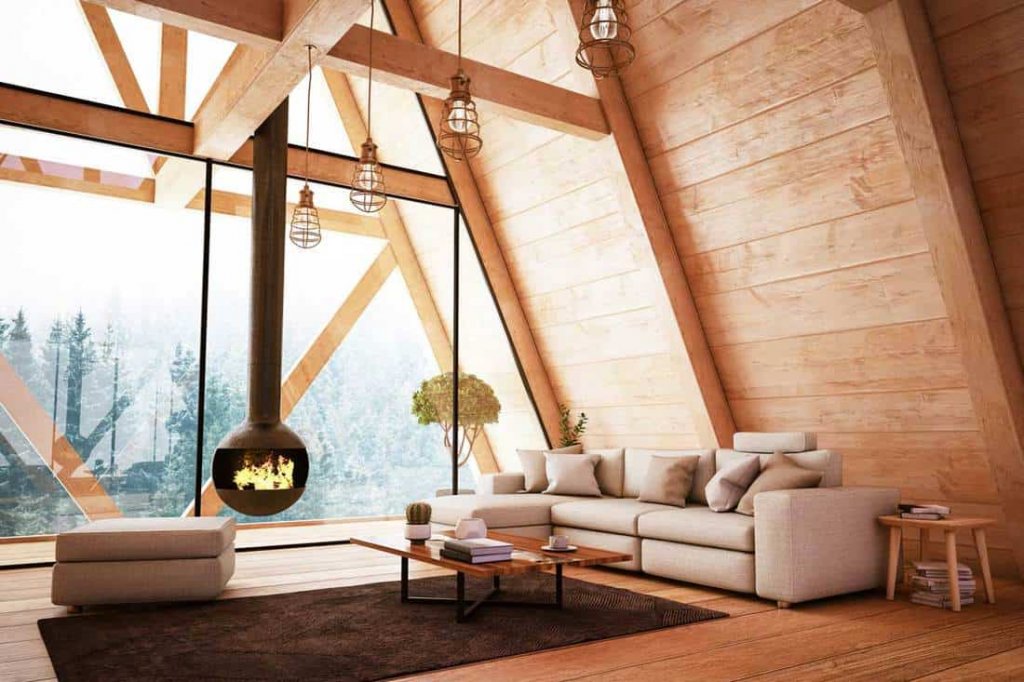
I’m having a concept to renovate my residence with the usage of timber wall panels. I checked out many distinct varieties of timber for wall cladding, to look at which one is proper for my home.
After performing some studies I am pretty inspired by the Reclaimed Wood. Reclaimed timber is historic timber and is now getting used for present-day functions This ecologically useful timber is drastically more potent than stable timber as additionally it is acquired from older timber and extra mature than more recent plants.
Your thoughts on wall coverings have additionally stuck my attention, I will seek advice from them and make my decision.